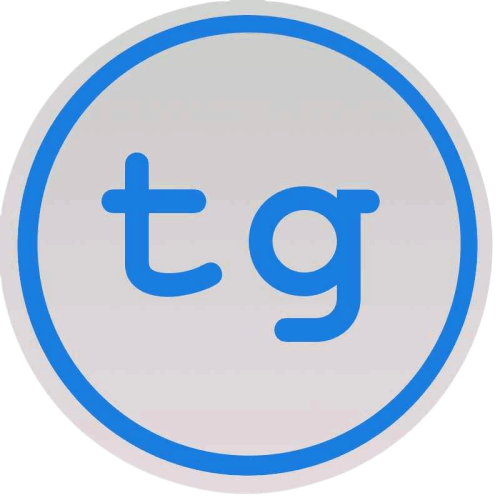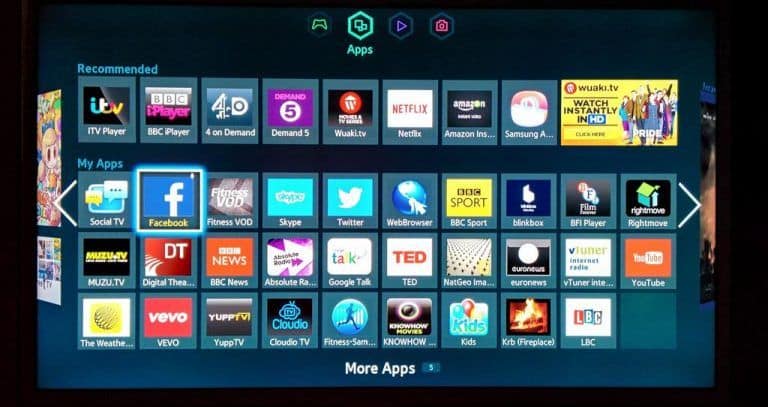Build a Startup with a Prompt: Can You MVP with Just AI and Notion?
Building a startup used to mean code. Maybe wireframes. Definitely a team.
Not anymore.
Now you’ve got GPT. Notion. A prompt box. Maybe a logo generator. And suddenly, you’re halfway into something that looks like a product. But is it?
This isn’t about hype. This is about testing. Can you actually build an MVP using just AI tools, no developers, and Notion as your home base?
Let’s break it down – and see what flies, what flops, and what feels surprisingly real.
First Things First: What Are We Even Building?
This matters. You can’t start with tools. You start with a problem. Something clear. Something real.
Let’s say: Busy freelancers struggle to keep track of unpaid invoices.
Boring? Maybe. But boring problems pay bills. And this one has been floating around Reddit threads and Slack channels for years.
So, we’re going to build a solution. No devs. No design sprints. Just Notion, GPT, and a few AI sidekicks.
But before anything else – time for a fast discovery phase.
A few quick prompts to GPT:
- “What are the top reasons freelancers miss invoice payments?”
- “What features would a tool need to track and follow up on invoices?”
- “What would a simple product roadmap look like for a freelancer invoicing tool?”
You’ll get good-enough answers in seconds. Refine them. Rerun the prompts. Cut the fluff. Then drop it all into Notion.
That’s your brief.
Step 1: Make It Real(ish) in Notion
Notion is your UI now. The trick isn’t to code features – it’s to simulate behavior.
Create:
- A dashboard for “Outstanding Invoices”
- A page template for each client
- A status column: Sent, Paid, Overdue
- A section with GPT-generated email reminders for each stage
Now link pages. Add some filters. Toss in sample data.
You haven’t written code. But it works. You click through it. It flows. You could show this to someone – and they’d get the idea.
Step 2: Add Some AI Flavor
Now for the fun part.
Want a landing page? Use GPT to write the copy.
Need a name? Prompt it.
Logo? Use Looka, Logo Diffusion, or even Midjourney for something weird and memorable.
Screenshots? Use Uizard or Galileo to mock up UI based on what your Notion setup looks like.
Want to get fancy? Hook up Notion to Zapier. Add a trigger that sends a fake reminder email when an invoice hits “Overdue.” Even a fake backend can feel real.
Suddenly this thing looks like a real product. Feels like one. And all you did was talk to tools.
Step 3: Talk to People. Show It. Get Feedback.
Don’t overthink it. Post a Loom walkthrough. DM five freelancers. Ask:
- Would you use this?
- What would you change?
- Would you pay $5/mo for this?
If they laugh, great – you learned something. If they ask for access, better. If they ignore you? Back to prompts.
This is your MVP loop. Fast build. Real-ish usage. Quick feedback. Repeat.
Is This an AI App? Sort Of.
You didn’t train a model. You didn’t hire an engineer. But you still built an AI app in the broader sense. You used intelligent tools to create something interactive, useful, and user-facing.
A real AI-powered backend could come later. Or not. Plenty of tools stay low-code forever. The point is – you’ve now got a prototype that works.
Companies like S-PRO often help teams move from this early proof-of-concept into production-grade builds. That handoff only makes sense once the idea sticks. But it has to stick first.
What Works About This Approach
- Speed: Hours, not weeks
- Low risk: No dev cost until there’s proof
- Flexibility: Pivot in a day, not a sprint
- Energy: You feel progress. That matters.
Also, constraints make you think sharper. What can you say with one prompt? One page? One fake button?
That’s a good creative pressure to test ideas fast.
What Breaks
- Notion is not a real backend
- GPT output gets messy fast
- You’ll still need humans eventually
- No-code ≠ no effort
Also, it’s easy to get addicted to generating instead of validating. Feels productive. Isn’t always.
So, Can You Build a Startup with a Prompt?
Not all the way. But far enough to know whether it’s worth going further.
You can build the story. The flow. The first click. You can collect a waitlist. You can test one slice of your idea.
Then you decide.
If people want it – then it’s time to invest in design, logic, maybe even real infrastructure. That’s when teams bring in partners like S-PRO to build the backend, structure the roadmap, and create something that scales.
But that part comes later.
Right now? You’ve got prompts. And Notion. And enough curiosity to make something weird that might actually work.





